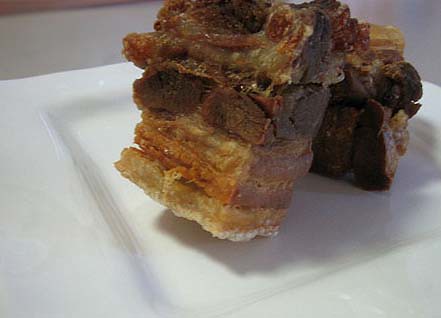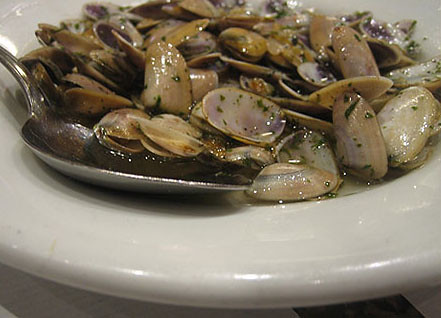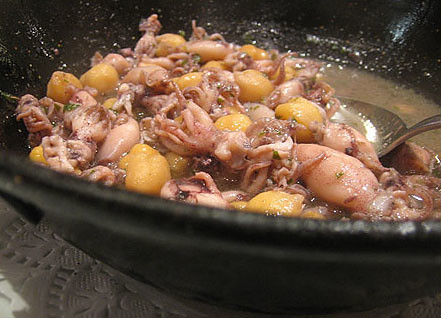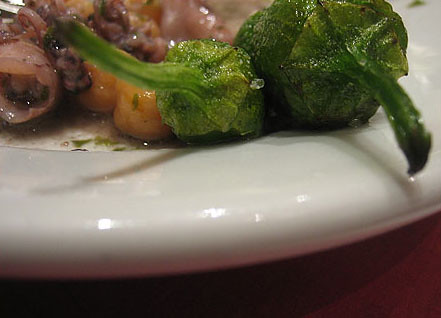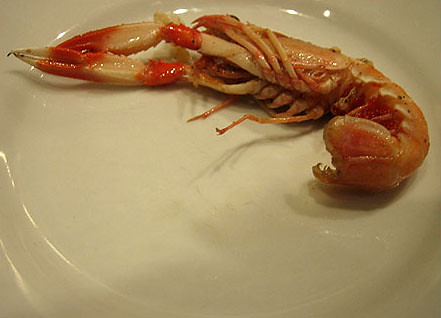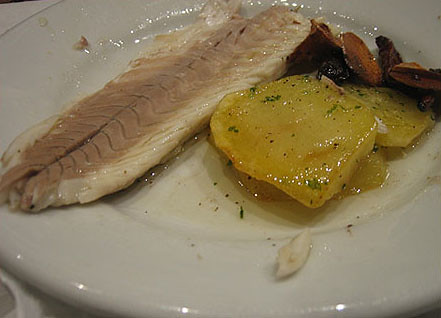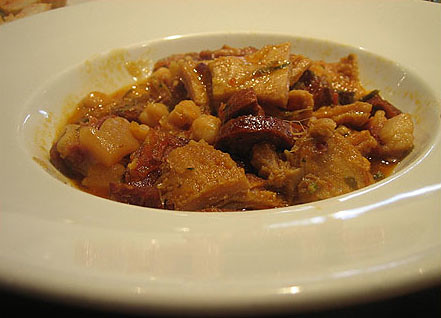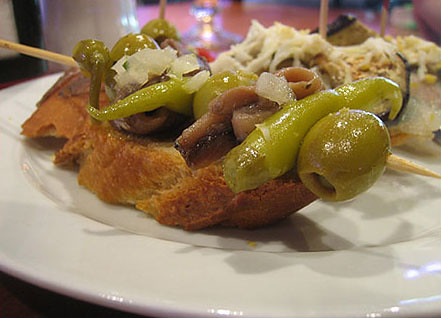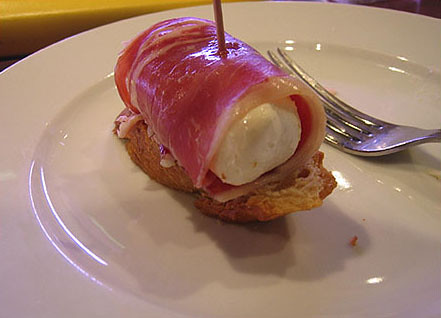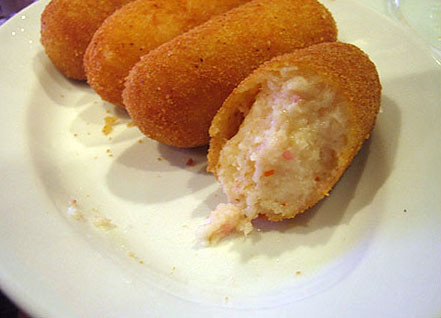I lived in Washington Heights for more than ten years and I spent my formative high school years uptown, but like most New Yorkers, I never really made it past my comfort zone even though that already meant way above 14th Street for me. “Hiking” down from 207th to 97th Street was a new experience for both Cameron and me. After a big lunch at home, we took the A train to the last stop in Manhattan and walked towards Dyckman Park where it looked more like New England than New York City.
It was an absolutely glorious day with the sun up and shining. The trees still had their leaves on and the light breeze was enough to cool us down. Through the park, we made it along the Hudson River where there was a walking path right next to the Amtrak rail. A short fence kept us away from it, but it was still exhilarating whenever a train would zoom by. For the next hour or so, we kept walking until we reached a dead end. We had no choice but to cut through thorny bushes and walk on the rocks right next to the river. We probably did something illegal, but the old mattresses we saw tucked under the rocks led us to think other people have gone that way, too.
Twenty-eight blocks later and still no dead bodies to be found, we saw our reward: the 75-year old George Washington Bridge. At the bottom of the bridge, a more legitimate-looking pathway emerged from Fort Tryon Park. We walked towards the picnic area where we saw our second reward: the little red lighthouse, the only one in Manhattan.
It was pretty cool to see it even though I haven’t read the Hildegard H. Swift book because I’ve had a fascination with lighthouses ever since the Dr. and I drove all over the coast of Maine to visit each one marked on our map. The little red lighthouse under the great gray bridge was actually used by mariners passing through the Hudson until it was deactivated in 1947. They were going to dismantle and auction it off, but a lot of people who loved the book convinced the powers that be to keep it as a reminder of an area once called Jeffrey’s Hook. In the book, the little red lighthouse is happy and content until a bridge is built over it. But in the end, the lighthouse learns that it still has an important job to do and that there is still a place in the world for an old lighthouse.
We continued walking until the sun started to set, past the huge sanitation building and the Fairway on 135th Street. Even New Jersey looked pretty harmless from our side of the river. It got dark right away and we made it to 97th Street just in time for red wine, sausages and cheeses at the Vintage Wine Bar on 93rd Street.
Related post/s:
Sitting at the Vintage Wine Bar after our first urban hike


